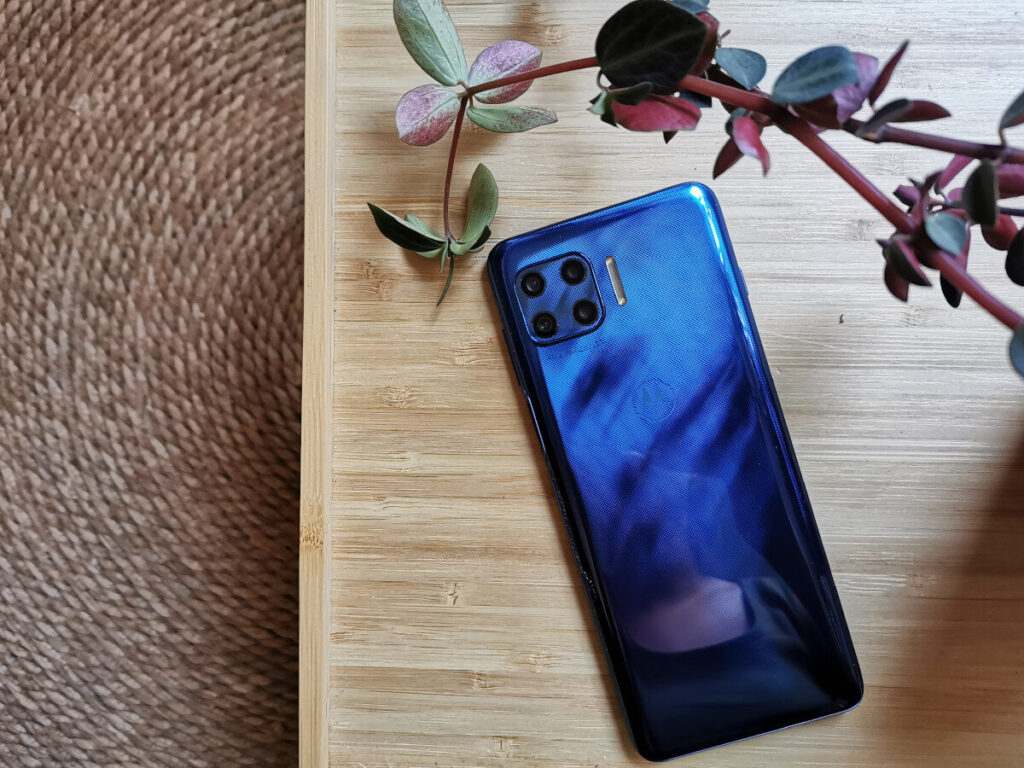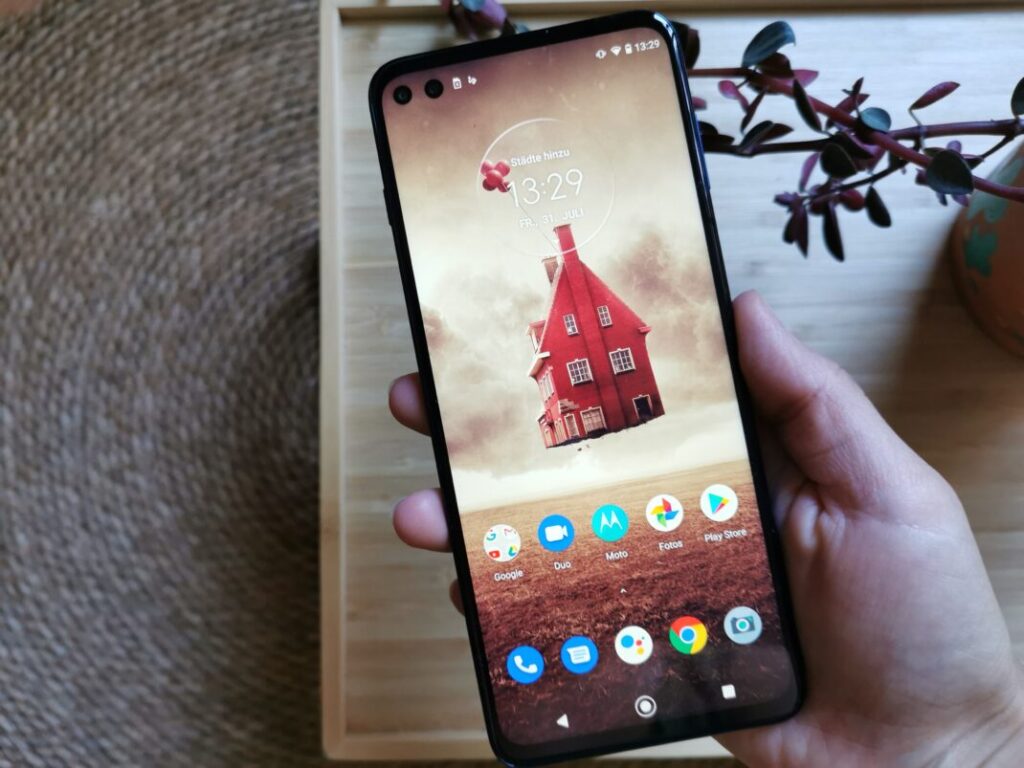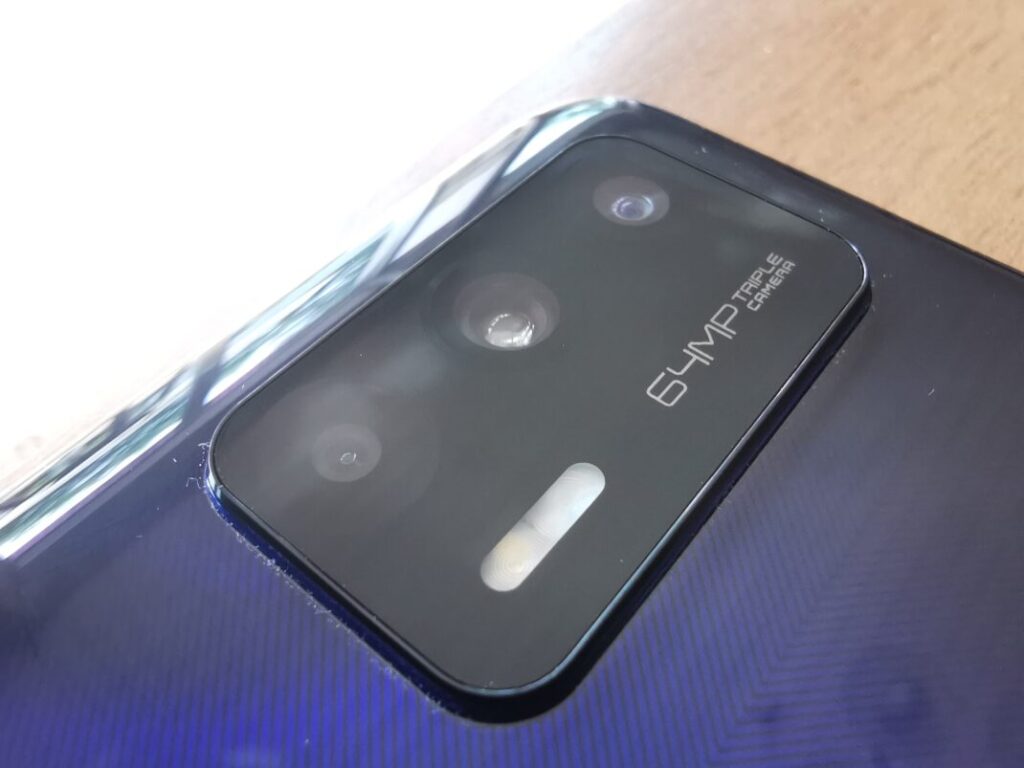In the spring of 2021, Motorola positioned itself with a new Moto-G generation. The new Moto G 5G Plus and Moto G 5G are among them. Both models bring 5G into the middle class. But what else do they offer?

TABLE OF CONTENTS
1 Moto G 5G and Moto G 5G Plus: they have that in common
The displays can do that
Battery, memory and connections
Almost identical camera
2 Motorola Smartphones: The differences are in the details
3 Conclusion
In the case of devices that belong to the same series and that only differ by a small addition to their name, the question often arises: are they really different? And if so, in what? This is also the case with the Moto G 5G and Moto G 5G Plus from Motorola . The nomenclature is almost identical, only the “plus” suggests a possibly larger variant of the model. We took a closer look at the smartphones and showed what similarities the models have in common and how they differ.
MOTO G 5G AND MOTO G 5G PLUS: THEY HAVE THAT IN COMMON
The displays can do that
One thing in particular will surprise you: Both the Moto G 5G and the Moto G 5G Plus have a 6.7-inch display that extends over the entire front. Only the format is different, which also results in a different pixel density. If the Moto G 5G comes with a 20: 9 panel and a resolution of 1,080 x 2,400 pixels, the format of the Plus model is 21: 9. The resolution is accordingly 1,080 x 2,520 pixels. But that’s not a difference that you see in everyday life or that matters. In addition, Motorola uses the same screen technology for both smartphones with LTPS (LCD) .
It is worth mentioning at this point that there is a difference between the screen models, especially for gaming fans. If the Moto G 5G Plus can increase the screen refresh rate to 90 Hertz, the standard model only has the 60 Hertz that are now available.

Battery, memory and connections
In comparison, more important similarities are the battery and camera. The manufacturer makes no difference and installs a 5,000 mAh battery across the board. Wireless charging using Qi is not part of the game, but a 20 watt fast charger. This means that the Moto G 5G and Moto G 5G Plus do not have any peak times, but within around an hour both smartphones are charged at least 50 percent in the test.
In the basic configuration, both Moto models are available with 4 and 64 GB of storage space each. Since the internal storage space is particularly tight, Motorola allows it to be expanded by up to 1 TB with a microSD card . Accordingly, at least in theory, you can store unlimited content on your mobile phone. However, the Moto G 5G Plus is available in another version with 6 and 128 GB capacity. And speaking of memory cards: Instead of a microSD card, you can also use a second SIM card . However, both do not work at the same time.
By the way: In addition to 5G, Android 10 and the My UX user interface, both mobile phones also have Blueooth 5.1 and NFC on board.
Almost identical camera
The question of the camera is always exciting. It is interesting that the Moto G smartphones have an almost identical camera setup. Both the Moto G 5G and Moto G 5G Plus have:
- Main camera: 48 megapixels with quad-pixel technology, f / 1.7
- Ultra wide angle camera: 8 megapixels, f / 2.2, 118 degree wide angle
- Macro camera: 2 megapixels and f / 2.4 (Moto G 5G) or 5 megapixels and f / 2.2 (Moto G 5G Plus)

realme GT 5G.
Both smartphones can take snapshots during the day equally well. The color display and details were also similar in the test. In contrast to the standard model, the Moto G 5G Plus offers another trick. The model is given a 2-megapixel depth sensor, which results in significantly better close-ups than the Moto G 5G. This also means that you can approach the object with your smartphone up to 2 centimeters.
Another difference that can be seen at first glance is the front camera. If the Moto G 5G has a simple 16-megapixel photo camera, the Plus model offers a dual camera with 16 and 8 megapixels including an ultra-wide-angle lens. The latter is useful for group selfies , for example .
MOTOROLA SMARTPHONES: THE DIFFERENCES ARE IN THE DETAILS
You can already see that the similarities between the two Moto-G models predominate. You can see the differences mainly in the details. The Moto G 5G has the advantage of being protected against splash water in accordance with IP52 certification .
The weight difference of 5 grams is not particularly significant, but the USB port does . If the Plus version comes with USB-C 3.1, the Moto G 5G “only” has USB-C 2.0 installed.
Various chipsets are also used in the cell phones. The Moto G 5G has the Qualcomm Snapdragon 750G (built using the 8 nm process), the Moto G 5G Plus the Snapdragon 765G (7 nm process). The mid-range processors only differ slightly, however: Both have eight cores and a clock rate of up to 2.2 GHz. If the Snapdragon 750G is combined with the Adreno 619 GPU, it is the Adreno 620 GPU for the Snapdragon 765G. The former works minimally more efficiently.
CONCLUSION
Especially with models like those from Motorola, it is worth taking a closer look at the data sheet. The differences are often in the details and are not always obvious at first glance. If you have to make a decision, you can find out exactly which details are important to you and which functions you can do without in case of doubt – for example an IP certification or a depth camera.
The price difference is “only” 50 euros: Motorola charges around 300 euros RRP for the Moto G 5G, while the RRP for the Moto G 5G Plus is just under 350 euros.


